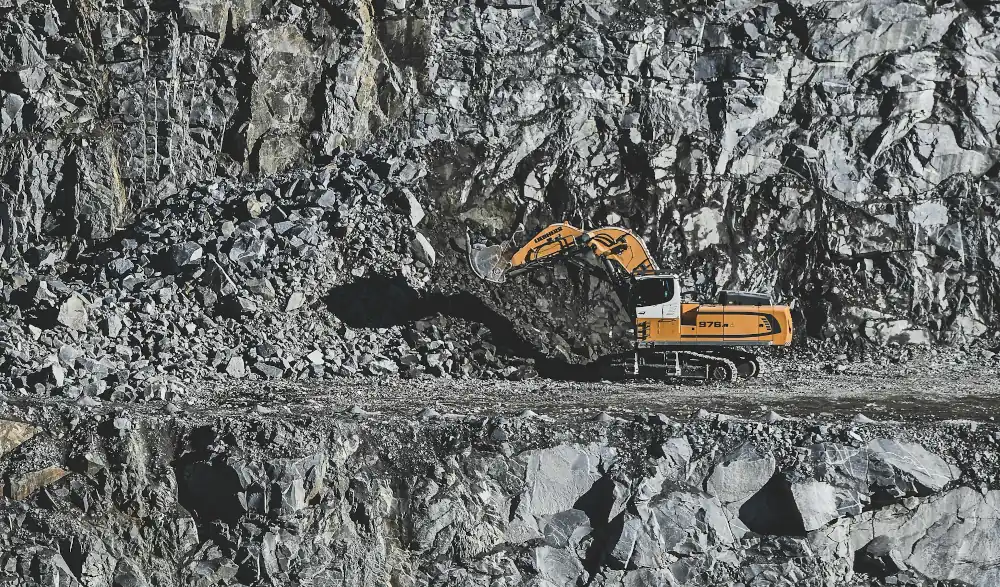Unearthing the Material – The Quarry
Every asphalt road, driveway, or parking lot journey begins in one place—a quarry. Quarries are open pits where natural rock is extracted from the earth, including the raw materials that make up asphalt. Draglines, excavators, loaders, and other heavy machinery are used to fracture and retrieve these prized materials, resulting in an organized procession of extraction. As the extraction progresses, these raw materials are meticulously specialized for further processing.
Transforming Raw Material – The Factory
The narrative of asphalt production continues at the factory. Here, the previously digested materials go through several steps to transform the raw quarry output into a usable product. Aggregate, a vital component of asphalt, is mixed with bitumen, a thick, sticky, dark substance obtained from crude oil. The final result of this concoction is the hot asphalt mix, ready for its next voyage.
The Journey – Transportation and Handling
A key stage in the life cycle of asphalt is transportation and handling. Getting the hot asphalt mix from the factory to the construction site involves specialized trucks designed to keep the mix at the required temperature. The logistics of transporting asphalt require detailed planning and execution, with timeliness and efficiency being essential factors.
Achieving Form – Laying Asphalt
Upon arrival at the construction site, the asphalt mix’s metamorphosis into a complete, form-holding structure begins. Preparation is the first step, clearing the area of debris and marking out the area to be paved. Then, the hot mix asphalt is spread evenly using a paving machine, and before it’s compacted, heavy rollers are used to ensure it’s tightly packed and smooth. Finally, it must be cured for a few days to harden correctly.
Fortifying the Surface – Sealcoating
Every asphalt surface should be sealcoated after it has hardened properly once it has set. Sealcoating is a protective layer added to an asphalt surface that helps extend its lifespan by protecting it from damage from the environment, traffic, oil leaks, and gas spills. Sealcoating also enhances the appearance of asphalt, enriching its dark color and providing a smooth, fresh look.
Final Touch – Precision Striping
Following the successful application of the sealcoat, the next and final step is striping. Striping refers to the markings that guide the traffic or determine parking spaces. Whether marking out lanes or creating pedestrian walkways, striping is essential in creating a safe asphalt surface for daily use.
Asphalt’s journey from the quarry to the construction site is complex and intricate. Several stages are involved, each crucial to the integrity of the final product. The lifecycle of asphalt includes:
- Sourcing the raw material.
- Processing it into asphalt.
- Transporting it to the site.
- Laying it carefully.
- Adding the final touches like sealcoating and striping.
With each step of the process, the value and importance of expertise and quality materials become ever clearer. This insight into the progression of asphalt offers a greater appreciation for the surfaces we use in our daily lives. Understanding the journey of asphalt – from quarry to construction site – unravels the layers of effort, precision, and craftsmanship required, emphasizing why only the best should handle it.
